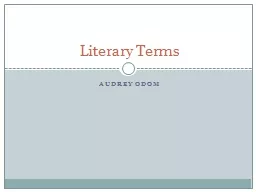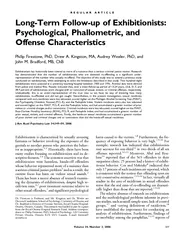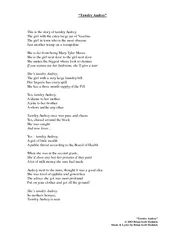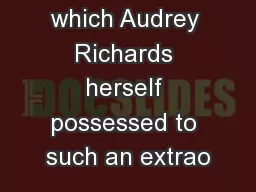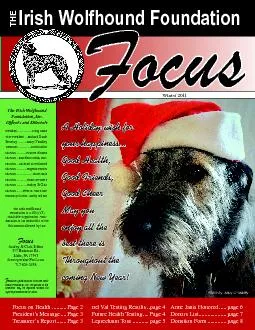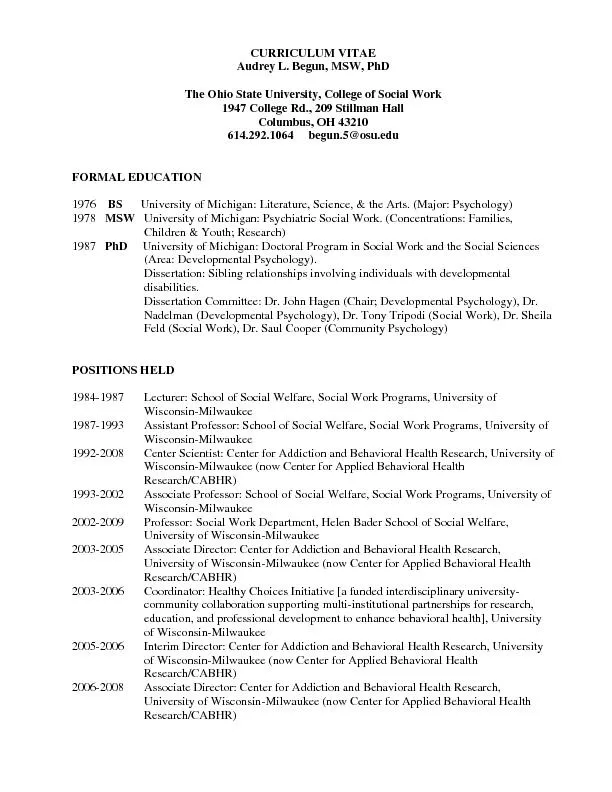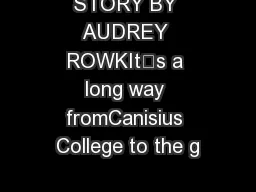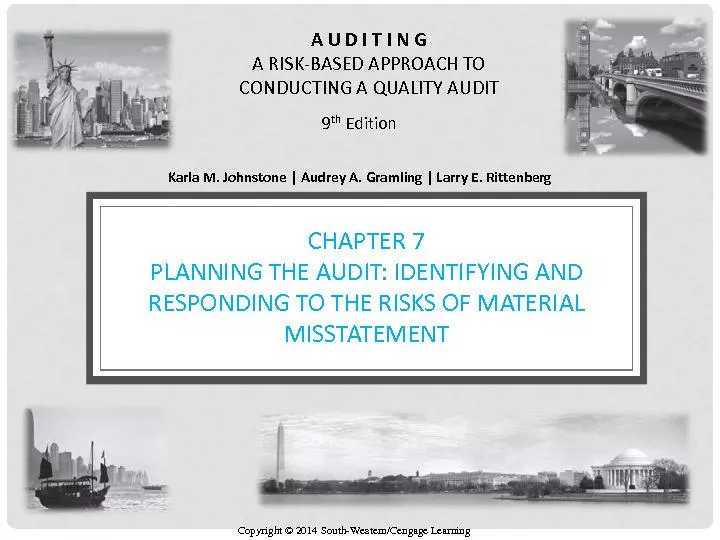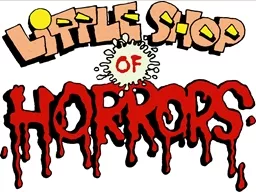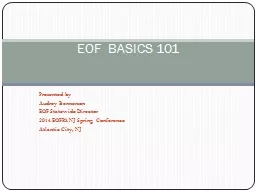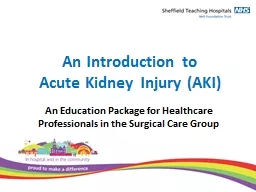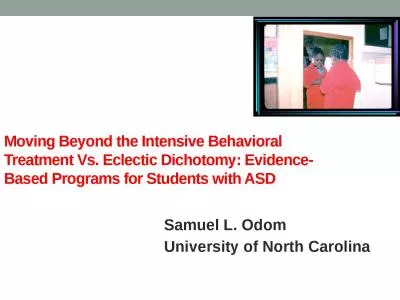PPT-Audrey Odom
Author : conchita-marotz | Published Date : 2017-10-08
Literary Terms Imagery Visually descriptive or figurative language paints a picture of the scene in your head Hamlet O that this too too solid flesh would melt
Presentation Embed Code
Download Presentation
Download Presentation The PPT/PDF document "Audrey Odom" is the property of its rightful owner. Permission is granted to download and print the materials on this website for personal, non-commercial use only, and to display it on your personal computer provided you do not modify the materials and that you retain all copyright notices contained in the materials. By downloading content from our website, you accept the terms of this agreement.
Audrey Odom: Transcript
Download Rules Of Document
"Audrey Odom"The content belongs to its owner. You may download and print it for personal use, without modification, and keep all copyright notices. By downloading, you agree to these terms.
Related Documents

